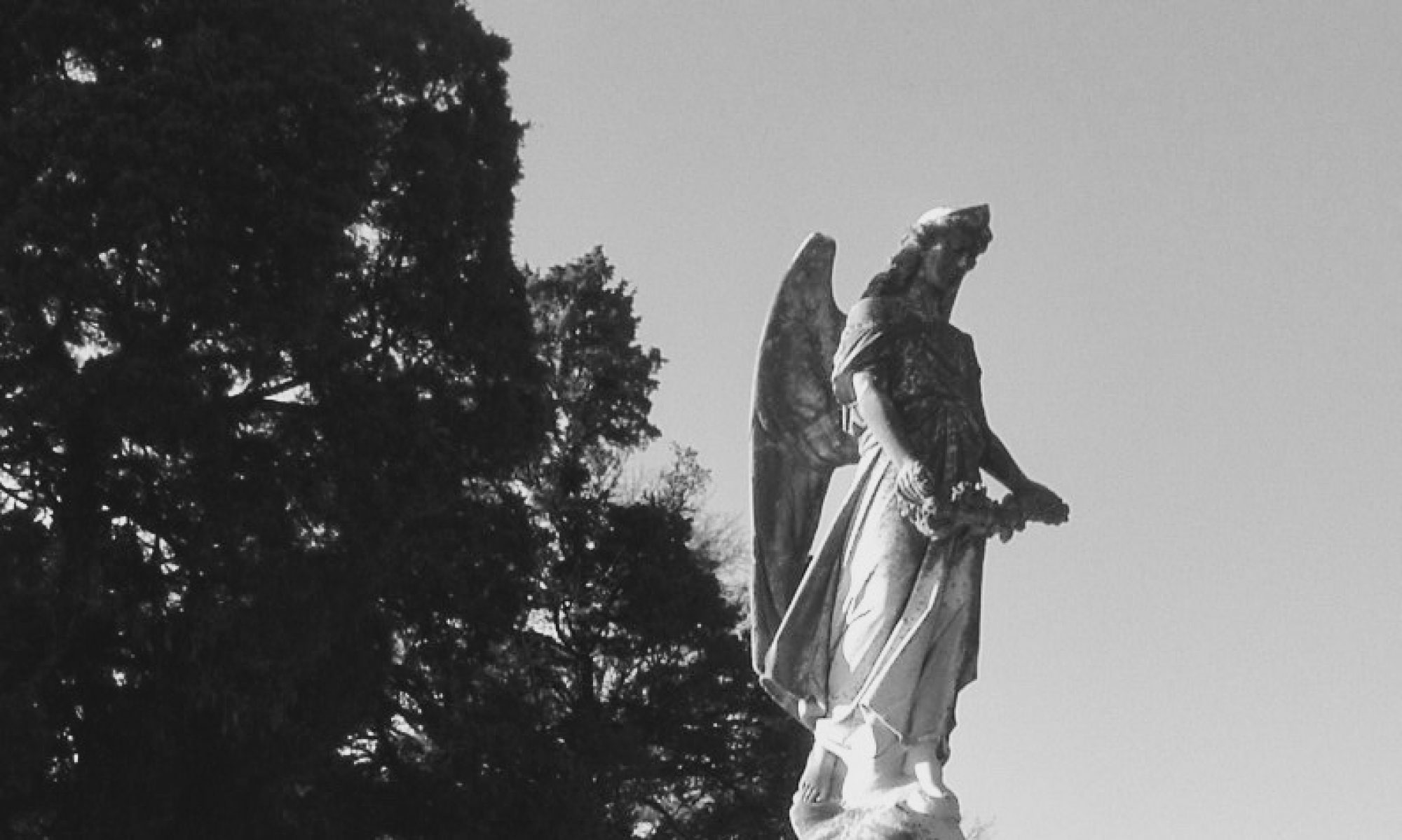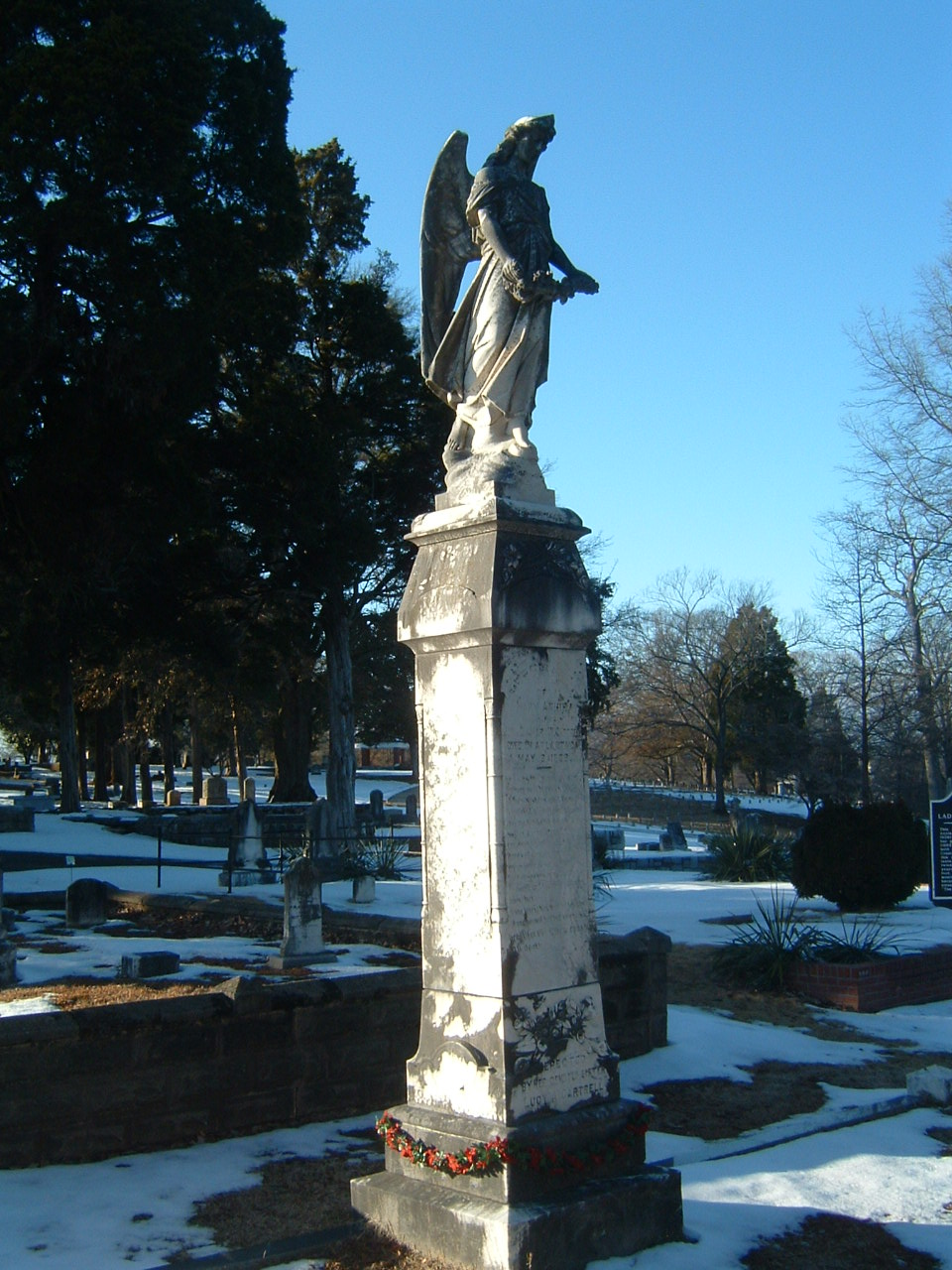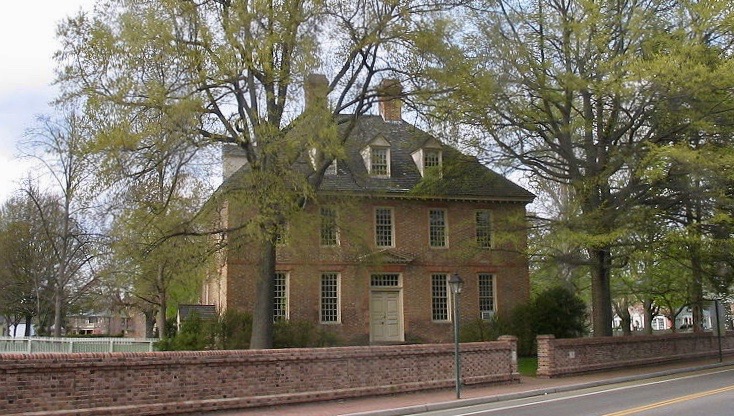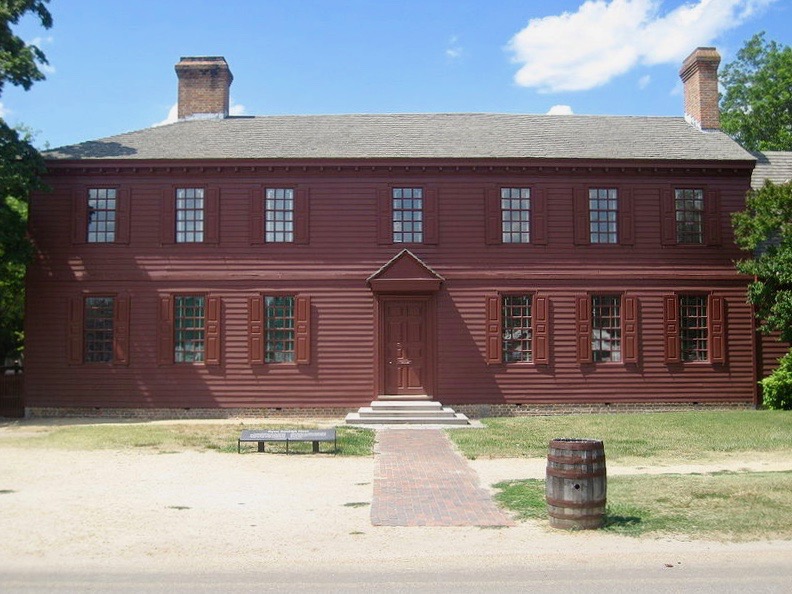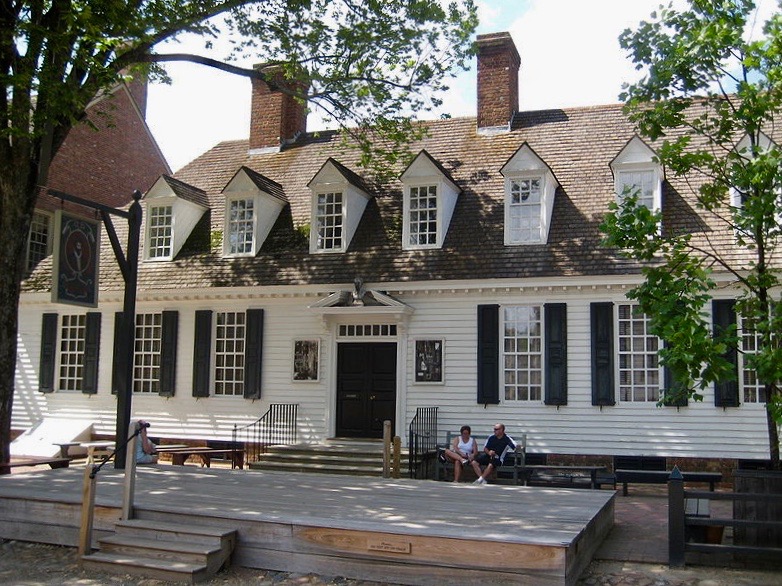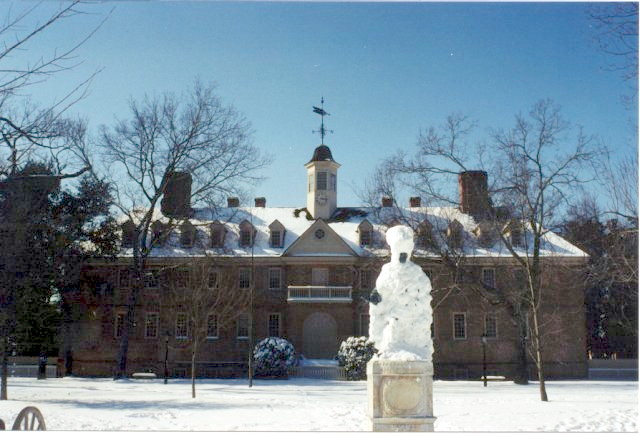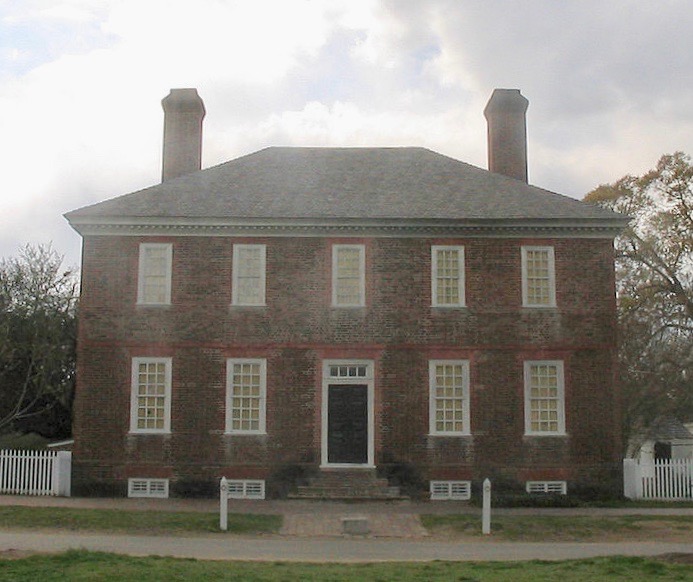Whenever I visit the coast, I find myself thinking about the impermanence of things. As someone who has always believed in historic preservation, I’m always saddened when I see historic places destroyed, especially through the ignorance or perhaps the arrogance of man. Of course, when the destruction is wrought by nature, it’s sad as well. Along the coast, there’s always a threat of hurricanes and now add the threat of rising sea levels with global warming and I’m deeply saddened for beautiful places like Dauphin Island.
Hurricane Katrina roared ashore at Dauphin Island in 2005 and decimated the western end of this barrier island. A further barrier island, Sand Island, protected the eastern end of the island from the devastation. When I visited the island in 2008, the western end had been mostly rebuilt and I could only shake my head and wonder if these homes would survive the next big hurricane. Of course, since my visit, the sugar-white sands have been spoiled by oil from the BP spill, though I hope much of that has been cleaned up.
On the lush eastern end of the island, the section that survived the wrath of Katrina, Dauphin Island boasts nationally known birding habitat. The island is one of the first bits of land spotted by neo-tropical migrants as they migrate from their wintering grounds in Central and South America and take flight over the Gulf of Mexico. Many of these species alight to rest in the parks and bird sanctuaries among the vacation homes and birders flock to the island to see this plethora of warblers, tanagers, vireos and thrushes. There’s a large Audubon Bird Sanctuary adjacent to Fort Gaines that attracts birders throughout the year and where I saw my first pair of Black-throated Green Warblers (Dendroica virens); two perky brightly colored fellows that had attracted a good deal of attention from birders who had gathered nearby.
Indian Shell Mound Park
Cadillac Avenue
While my interest in ghosts predates my interest in birds, I didn’t do any research on the island’s legends before my trip. The purpose of the trip was solely to add birds to my life list; otherwise, I would have paid more attention to the island’s more historic and haunted features. I’m sure the thought passed through my mind that there might be more to the Shell Mound than just history and birds. I have a distinct memory of feeling an odd chill upon arrival. As birds are most active in the hours just before and after dawn, I arrived fairly early at the Shell Mound to start birding. Stepping out of the car into the cool of an April morning I was flabbergasted by the sound of calling owls.

The owls, it turns out, were cooing Eurasian Collared Doves (Streptopelia decaocto), a non-native species that has begun spreading through the Southeast.
Even in full daylight, the park is a bit creepy. The mounds are covered in dense undergrowth and massive ancient oaks laden with Spanish moss. I realized fairly quickly that I was apparently alone in the park and I felt a bit of trepidation exploring the winding park paths by myself. After reading one of the historical signs, the thought that here I was among hundreds of years of history sent a chill down my spine. My attention was quickly diverted (ADD perhaps?) by some slight movement near the top of one of the looming oaks. Picking it up with my binoculars, it was my first Blackpoll Warbler (Dendroica striata), the first bird of a day that would add some 40 new species to my life list.
The shell mounds are evidence of hundreds of years of human visitations to Dauphin Island. These mounds are known as middens, which are basically ancient trash heaps. The island was visited by Native Americans beginning during the Mississippian period (roughly 1100 to 1500 C.E.) who harvested oysters and fish probably during the summer months. Both the oysters and fish could be consumed on the spot or dried for later use. The oysters would be steamed by wrapping them in seaweed and placing them on heated coals. The steam would cause the oysters to open and the shell would be discarded near the fire. One writer suggested that one of the mounds of the six in the park may have reached a height of 50 feet.
With them, the natives also brought a variety of plants to the area, many of which, while not native, have thrived in the semi-tropical environment of the island. Even centuries after the native’s final visit to the island, these plants remain. The magnificent live oak trees on and around the middens are believed to have witnessed the native’s oyster and fish roasts and the first arrival Spanish in 1519. Over the centuries, these branches have hosted nearly 400 different species of birds as they passed the island on their migrations.
Certainly, the oaks may still witness the spirits of natives who still stalk the humid nights. There are tales of strange goings on after dark in the park, though I have not been able to locate any specific reports of these nocturnal activities. Indeed, there is a possibility that native spirits and others may be still rambling about, but I have found no distinct evidence of this.
While the idyllic life of the natives could have continued for centuries, the Mississippian period ended shortly after the Spanish began exploring the Southeast hacking their way through the forests and the natives. Around this time, the Mississippian peoples were replaced by the Choctaw and Muskhogee (also known as the Creek) Peoples who visited the island like their previous brethren. The French first visited the island in 1699 under Pierre Le Moyne d’Iberville, who would establish the city of Mobile and the entire Louisiana colony. Upon arrival, d’Iberville encountered a number of human skeletons and named the island “Massacre Island.” Some historians speculate that a hurricane had eroded a burial mound exposing the skeletons that the French discovered. The name would stick for some time but was later changed to honor the son of the French king, the Dauphin. Of course, the pronunciation has been eroded over time with the final nasal syllable being replaced by an anglicized “fin” so the name sounds more akin to the word “dolphin.”
Fort Gaines
51 Bienville Boulevard
After visiting the Shell Mounds and seeing a few birds, I moved on to try my luck at the Audubon Bird Sanctuary. My path took me through the forest of the sanctuary and through the campground on the opposite side and towards the eastern tip of the island around Fort Gaines. While the fort may look intimidating from both land and sea, the real threat is the sea. When construction on the fort began in 1819, the project quickly ran over budget and the plans had to be redrawn as the fort sat too close to the water and high tides would flood the construction.
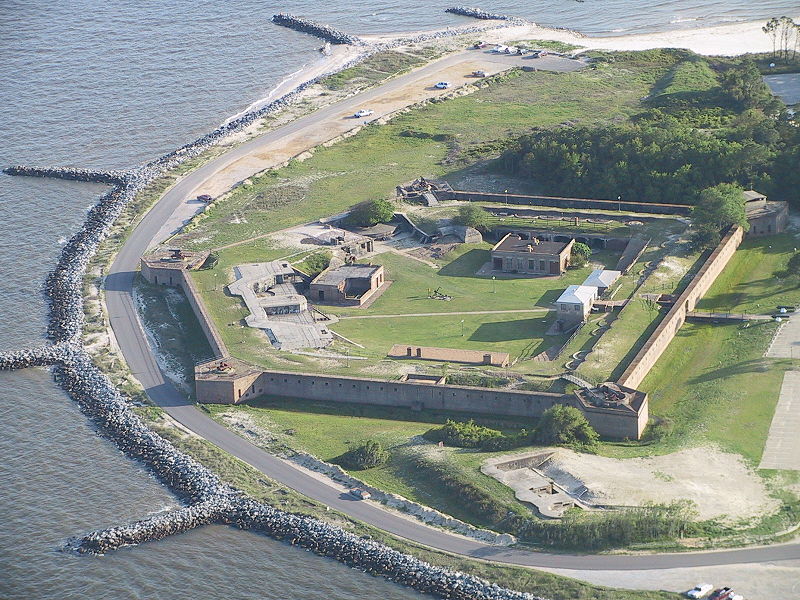
Over time, the threat from the sea has been constant. Hurricanes have eroded the beach next to the fort causing parts of the masonry to collapse. The collapsed portions have been repaired, but the fort is still under threat from nature just as it was under threat from Admiral David Farragut’s Union naval forces in August of 1864.
With the tide of war turning against the Confederacy, the Union fleet under Farragut set out to capture the ports of Mobile thus tightening the vice grip they held on the Confederacy. Fort Gaines to the west and Fort Morgan to the east guarded the entrance to Mobile Bay. Mines or “torpedoes,” as they were called in that period, were scattered in fields across the entrance forcing ships into a narrow channel near the heavily fortified and gunned Fort Morgan. When the Union fleet arrived on the morning of August 5, the guns of Fort Morgan opened fire. Even losing the USS Tecumseh, the Union fleet continued into the bay with Farragut famously lashed to the rigging of the USS Hartford yelling, “Damn the torpedoes! Full speed ahead!”

Upon entering the bay, the specter of the ironclad CSS Tennessee loomed ahead. Fighting just a mile north of Fort Gaines, the Tennessee and a number of smaller gunboats took on the Union fleet. Finally, exhausted and basically dead in the water, the Tennessee surrendered. The fight turned towards Fort Gaines and volleys of ammunition were poured onto the masonry structure for almost three days. It is said that at one point in the fighting, the monitor gunboats fired upon the fort from almost point blank range. On August 8, battered into submission, Colonel Charles Anderson surrendered the fort and the nearly 800 men inside.
Since that day of defeat, the fort served as a military post through World War II, but it has not again seen action. The cries of men and the boom of guns have been replaced by the gentle susurrant sea breeze and the cries of wheeling seabirds. But still, spiritual elements still linger.
In researching the haunting of Fort Gaines, I’ve only come across one specific sighting. Many sites online describe Fort Gaines as being haunted but don’t venture into specifics. An article by Michael Baxter, “Ghostly Getaway to Dauphin Island,” describes the experience on one island resident driving past the fort at night. The resident and a friend witnessed the apparition of a woman walking along the battlements. She walked for a bit, stopped, looked at her observers and faded slowly. A number of sources also speak of paranormal investigations on the fort, but I can find no actual reports of such. Like Shell Mound, there is certainly a reason that Fort Gaines could be haunted, but little specific evidence.
There are other stories of ghosts walking the beaches and streets of Dauphin Island, but again, little that is verifiable or specific. Michael Baxter’s article, really one of the best sources of island tales speaks of a number of wandering spirits but these are hard to pin down. Of course, as the island continues into another century eroded by wind and sea I wonder if the birds or even the spirits will remain.
Sources
- Baxter, Michael. “Ghostly Getaway to Dauphin Island.” Dauphin Island Chamber of Commerce. Accessed 28 March 2011.
- Cox, Dale. “Fort Gaines Historic Site – Dauphin Island, Alabama.” ExploreSouthernHistory.com. Accessed 30 March 2011.
- Cox, Dale. “The Battle of Mobile Bay – Mobile, Alabama.” ExploreSouthernHistory.com. Accessed 31 March 2011.
- Dauphin Island, Alabama. Wikipedia, the Free Encyclopedia. Accessed 29 March 2011.
- Fort Gaines (Alabama). Wikipedia, the Free Encyclopedia. Accessed 29 March 2011.
- Indian Mound Park (Dauphin Island, Alabama). Wikipedia, the Free Encyclopedia. Accessed 29 March 2011.
